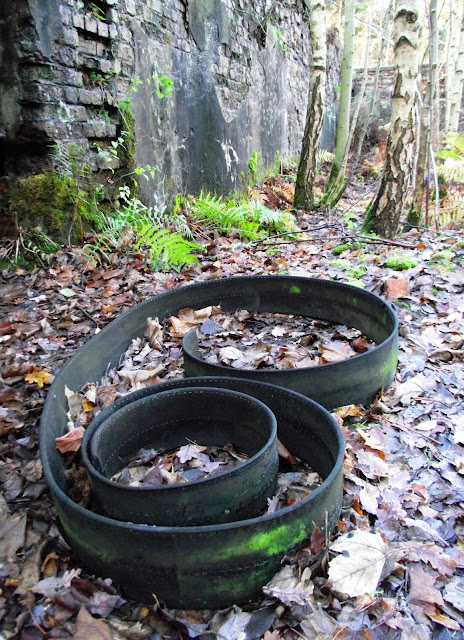Herbert Austin built his car factory at Longbridge, Birmingham, in 1905. Initial production was 120 cars per year, but within a decade production had soared to 1,500 cars per year. The plant expanded accordingly, but when during WWI it was turned over to the manufacture of tanks and planes, it grew by a factor of ten.
To accommodate his workers close to the factory, in 1917 Austin bought land from Hawkesley Farm and, from Michigan, 500 prefabricated red cedar houses. One of the ships carrying the consignment was sunk on the crossing from the USA. The surviving prefabs, each 20' 6" wide and 35' 3" deep, were erected in a horseshoe pattern around a central spine, with brick semi-detached houses at intervals to act as firebreaks.
The whole estate, numbering 250 houses, was completed in just eleven months, and mature trees planted along the roads. The prefabs housed seven Austin workers each, and the brick semis twelve each. Originally licensed for just five years, now a conservation area, the estate is redolent of a different era.















